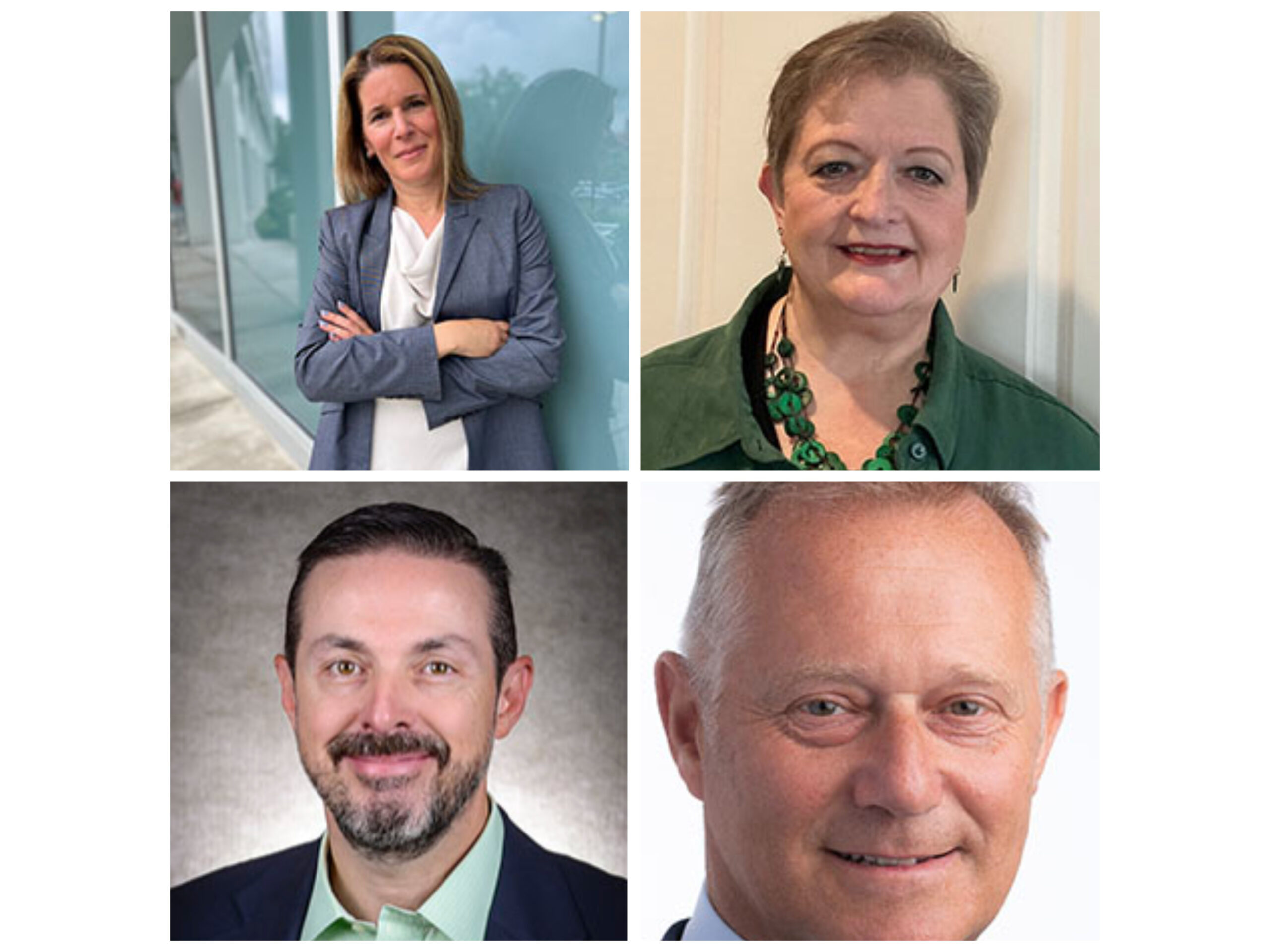2018 Most Dangerous Emerging Risks
Emerging Multipliers

Underwriters have plenty to worry about, but there is one word that perhaps rattles them more than any other word. That word is aggregation.
Aggregation, in the transferred or covered risk usage, represents the multiplying potential of a risk. For examples, we can look back to the asbestos claims that did so much damage to Lloyds’ of London names and syndicates in the mid-1990s.
More recently, underwriters expressed fears about the aggregation of risk from lawsuits by football players at various levels of the sport. Players, from Pee Wee on up to the NFL, claim to have suffered irreversible brain damage from hits to the head.
That risk scenario has yet to fully play out — it will be decades in doing so — but it is already producing claims in the billions.
This year’s edition of our national-award winning coverage of the Most Dangerous Emerging Risks focuses on risks that have always existed. The emergent — and more dangerous — piece to the puzzle is that these risks are now super-charged with risk multipliers.
Take reputational risk, for example. Businesses and individuals that were sharply managed have always protected their reputations fiercely. In days past, a lapse in ethics or morals could be extremely damaging to one’s reputation, but it might take days, weeks, even years of work by newspaper reporters, idle gossips or political enemies to dig it out and make it public.
Brand new technologies, brand new commercial covers. It all works well; until it doesn’t.
These days, the speed at which Internet connectedness and social media can spread information makes reputational risk an existential threat. Information that can stop a glittering career dead in its tracks can be shared by millions with a casual, thoughtless tap or swipe on their smartphones.
Aggregation of uninsured risk is another area of focus of our Most Dangerous Emerging Risks (MDER) coverage.
The beauty of the insurance model is that the business expands to cover personal and commercial risks as the world expands. The more cars on the planet, the more car insurance to sell.
The more people, the more life insurance. Brand new technologies, brand new commercial covers. It all works well; until it doesn’t.
As Risk & Insurance® associate editor Michelle Kerr and her sources point out, growing populations and rising property values, combined with an increase in high-severity catastrophes, threaten to push the insurance coverage gap to critical levels.
This aggregation of uninsured value got a recent proof in CAT-filled 2017. The global tally for natural disaster losses in 2017 was $330 billion; 60 percent of it was uninsured.
This uninsured gap threatens to place unsustainable pressure on public resources and hamstring society’s ability to respond to natural disasters, which show no sign of slowing down or tempering.
A related threat, the combination of a failing infrastructure and increasing storm severity, marks our third MDER. This MDER looks at the largely uninsurable risk of business interruption that results not from damage to your property or your suppliers’ property, but to publicly maintained infrastructure that provides ingress and egress to your property. It’s a danger coming into shape more and more frequently.
As always, our goal in writing about these threats is not to engage in fear mongering. It’s to initiate and expand a dialogue that can hopefully result in better planning and mitigation, saving the lives and limbs of businesses here and around the world. &
![]() 2018 Most Dangerous Emerging Risks
2018 Most Dangerous Emerging Risks
Growing populations and rising property values, combined with an increase in high-severity catastrophes, are pushing the insurance protection gap to a critical level.
 Climate Change as a Business Interruption Multiplier
Climate Change as a Business Interruption Multiplier
Crumbling roads and bridges isolate companies and trigger business interruption losses.
 Reputation’s Existential Threat
Reputation’s Existential Threat
Social media — the very tool used to connect people in an instant — can threaten a business’s reputation just as quickly.
AI has potential, but it comes with risks. Mitigating these risks helps insurers and insureds alike, enabling advances in almost every field.












